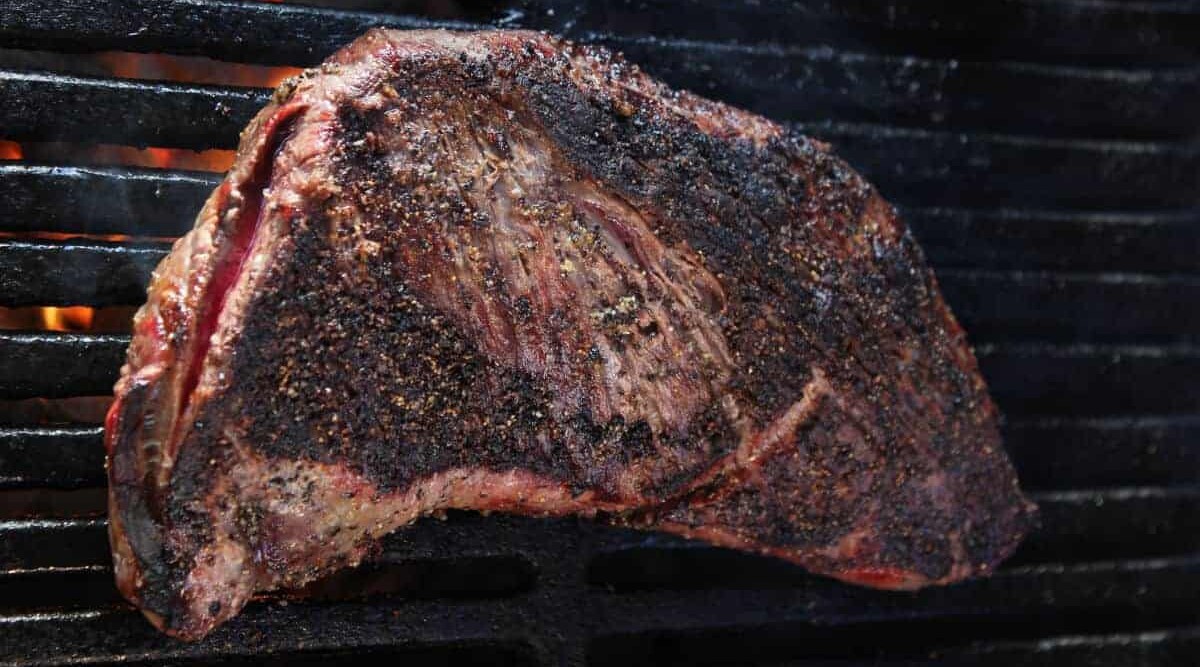
In this article, we’ll look at the tri-tip, a truly wonderful cut of beef, with the main point of discussion being how to cut tri-tip to maximize tenderness in every bite.
Much like every clutch on every car requires a different touch, every cut of beef also requires unique handling. Actually, it’s not much like that, but metaphors for prepping beef cuts are hard to come by.
The fact is, though, that not every cut of beef should be dealt with in the same manner. Some need tenderizing; some need to be broken down into smaller cuts, and some like brisket, need the fat trimmed.
We start by discussing what tri-tip is. Then onto how with tri-tip, it’s important to slice it correctly for best results on the plate. You shouldn’t just take the knife to it willy-nilly, and we’ll tell you why. We’ll also walk you through it, step-by-step.
You don’t want to mess up a delicious piece of meat that you paid decent money for, so pay attention and learn what can happen when you “tri” your best.
Jump to:
What is a Tri-tip?
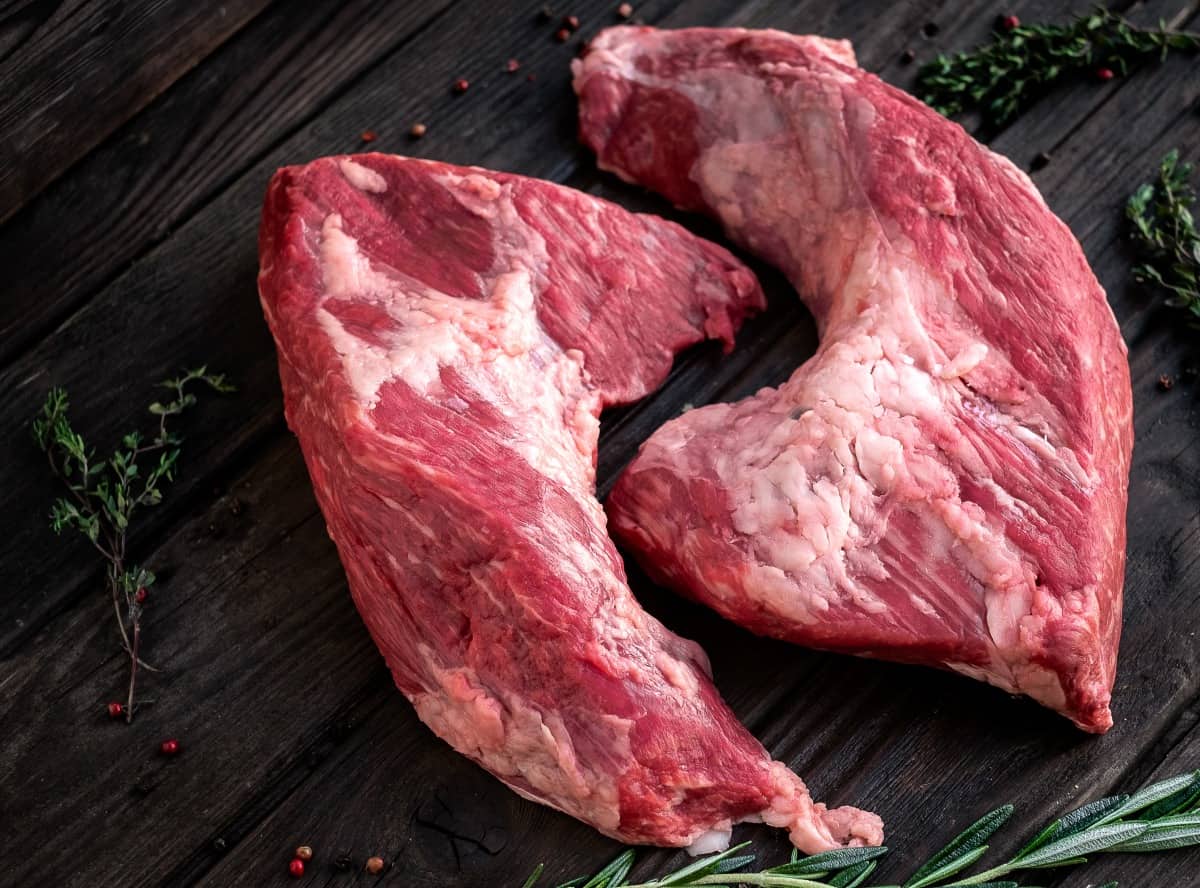
As detailed in our article: What is tri-tip, a tri-tip is a roast cut from the bottom of the Sirloin primal of the beef. (If you want to know more about beef cuts, we’ve got a complete guide for you here.)
It’s almost triangular, hence the name, but has kind of a hook on one end. It’s kind of a fat, lopsided crescent. There’s one on each carcass half, and they usually weigh between 1.5 – 2.5 pounds.
Once upon a time, it was commonly ground up into hamburger meat because, though flavorful, it was thought to be a bit tough for anything but roasting. There’s a lot of fat in this cut, and while fat equals flavor, it can also equal a rubbery texture if overcooked.
You may find it at your grocer’s meat counter under other names, perhaps labeled as a “Triangle Roast,” “Bottom Sirloin Roast,” or, possibly, a “Santa Maria Steak.” (According to legend, the tri-tip was “discovered” by a Safeway butcher in Santa Maria, California.)
Why Should I Cut It a Certain Way?
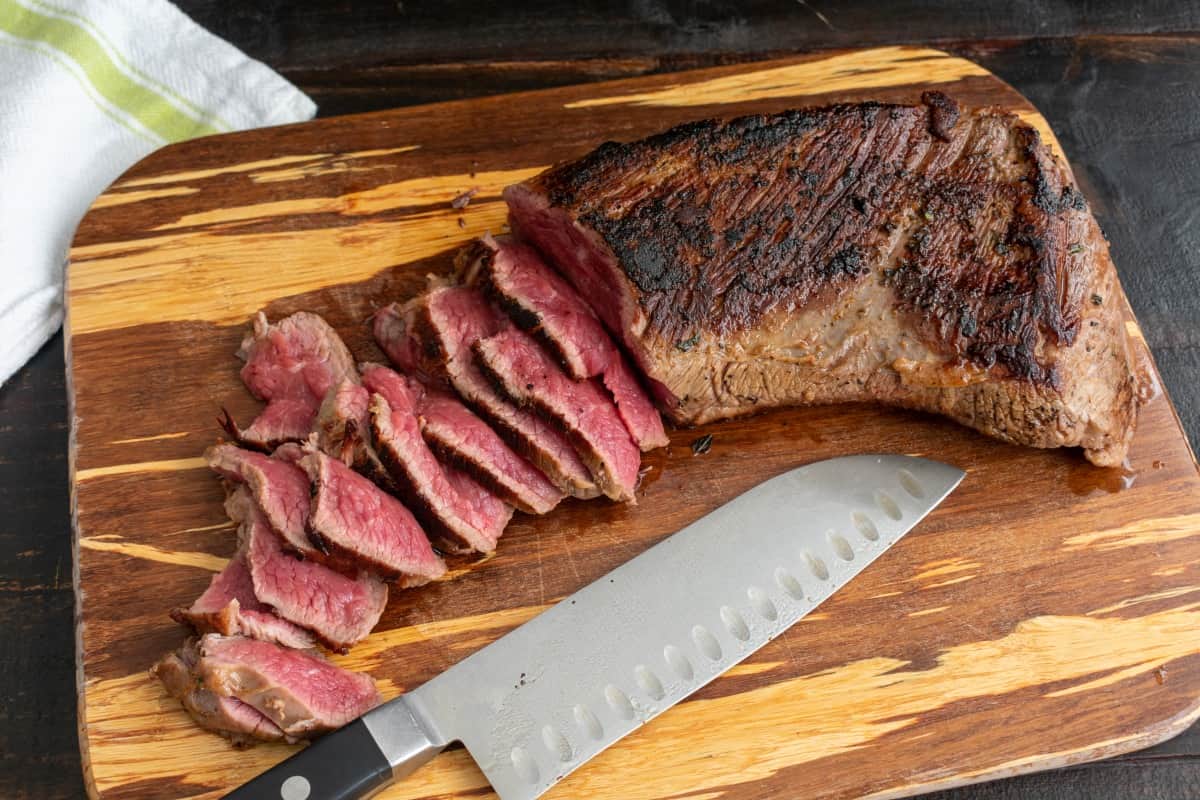
The beauty of the tri-tip is it can be cut down into small, tasty slices. They’re a bit like little steaks, and the cost is favorable compared to the traditional steak cuts.
The problem is if you don’t cut the roast the right way, you could be left with tough steaks that are more trouble to chew than they’re worth.
But cut a tri-tip correctly — across the grain and not with it — you will end up with tender, flavorful mouthfuls that can stand up against much more high-end cuts when it comes to the enjoyment of eating.
Understanding the Grain
The trick to cutting a tri-tip is knowing how the grain runs through the muscle. Though it may seem counter-intuitive, you always want to cut across the grain for ease of slicing and especially chewing.
There are two different grain directions on a tri-tip steak, and they intersect somewhere near the top point. Once you know how the grains run, slicing it becomes a piece of cake… or steak.
If you position your tri-tip on a cutting board with the “top” point of the cut towards you, the shorter side of the triangle has a vertical grain. Draw an imaginary line down from near the top point that bisects the cut, and everything on the long side of that line has an angled grain.
You might be having difficulty picturing what I’m talking about, so have a look at this very helpful video to see where the grain runs, and where to cut.
Cut it Raw, or Cut it Cooked?
You could do it either way, but the consensus is, it’s easier to cut an after it’s been cooked.
Also, maintaining the integrity of the cut during cooking will hold the moisture inside, so your “steaks” will be much juicier than if you pre-sliced them and grilled them individually.
How you cook it is up to you, but we recommend roasting over indirect heat or searing over direct heat and then moving to a cooler temperature zone.
Tri-tip is commonly marinated to keep it moist.
How to Cut Tri-Tip — Step-by-Step Instructions
- If there is a fat cap, carefully trim it off (not shown in the video).
- Lay the roast on a cutting board with the top point closest to you.
- Cut the roast in half from the top point along the large seam of fat to the opposite side.
- Take the long half of the divided roast and rotate it about 30° towards yourself.
- Starting from the uncut end, begin cutting slices across the grain. (Approximately perpendicular to the dividing cut.)
- Cut thin slices until the side is complete.
- The remaining section has the top Turn the meat until the point is pointing to your left (or right, depending on your handedness).
- Cut perpendicular to the sliced end, cutting against the grain.
- Cut thin slices until the final section is complete.
Taking a few moments to analyze the grain of the tri-tip before you cook it, and again when it’s done, will help you to assess the grain, and pre-determine your cuts.
How thick those cuts are depends on how you want to serve your tri-tip steak. A ¼- to ½-inch cut makes a nice little steak, but you could also go thinner for sandwich meat.
Final Thoughts
Now you know what you’ll be up against, we hope you’ll approach your next (or first!) juicy tri-tip with confidence. It’s a beautiful cut of beef that looks awesome on a grill and impresses on the plate — and the palate.
We’d love to hear about your tri-tip experiences, whether you just cooked your first, or your thirty-first. What did, or did not, work for you? We’re in this together, so share your knowledge!
If you have any questions or comments on this, or any other article, we’re all ears. Let us know what’s on your mind in the comment section below — every bit of feedback helps us help you better.
Thanks for reading, and happy grilling to you all!


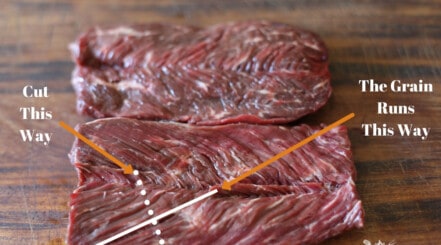
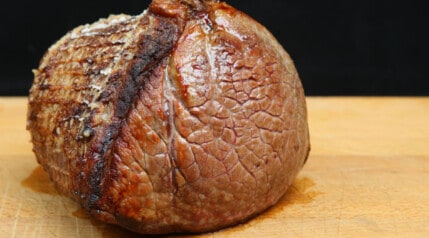
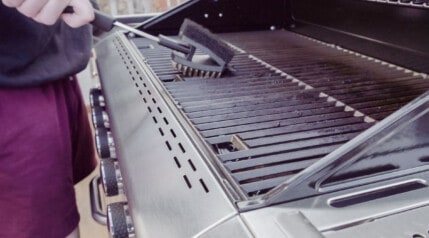
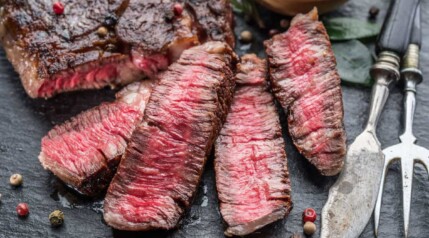
Excellent! Straightforward without the fluff.
Thanks, Terese! 🙂
A good way of explaining, so we understand how to slice. The video showing grain lines and the demonstration helps a lot! Thanks, for sharing!
Thanks, Sheryl.
Your tri-tip is overcooked? If you are going to make a video, you should demonstrate that you have actual cooking knowledge and skills.
Hi Tamara.
It’s not my video, it’s from VirtualWeberBullet. Also, the video is to demonstrate the way to CUT tri-tip, not cook it, so it serves the intended purpose very well. Also, we aren’t the ones eating it: Some people like it rare, some medium, some well done. To each, their own.
Finally, someone who can share information on how to cut Tri-Tip correctly!
😵💫 This topic has always been a frustrating and confusing mystery to me…. Many thanks for your thorough but simple explanation ~ and loved the visuals.
✅ Mystery solved!
Your video on how to cut a tri tip is excellent, thanks very much. I’ve just purchased my first tri tip and incidentally have just gotten a sous vide cooker. I’m thinking I’ll try cooking my first tri tip as my first ever sous vide meal as well. My thoughts are, I will marinade the meat first for a few hrs, then set up my sous vide for a medium rare temperature, then do the high heat sear as the end step. Just wondering if you have ever tried this method? Any and all suggestions are welcome, thanks.
Hi Angela,
I’m a bit green when it to comes sous vide to be honest. Although I do have both a sous vide bath and ‘wand’, I’m yet to use them more than 20 times or so combined, and never with a tri-tip. So I’d be guessing how it would turn out.
Thinking logically though, tri-tip is a dense meat, can be a bit ‘tough’ compared to many other cuts of beef, so I would say sous vide lends itself well for cooking it as it will help to keep more moisture in, make it more tender. But as I say, I’ve not done it myself so cannot speak from experience I’m afraid.